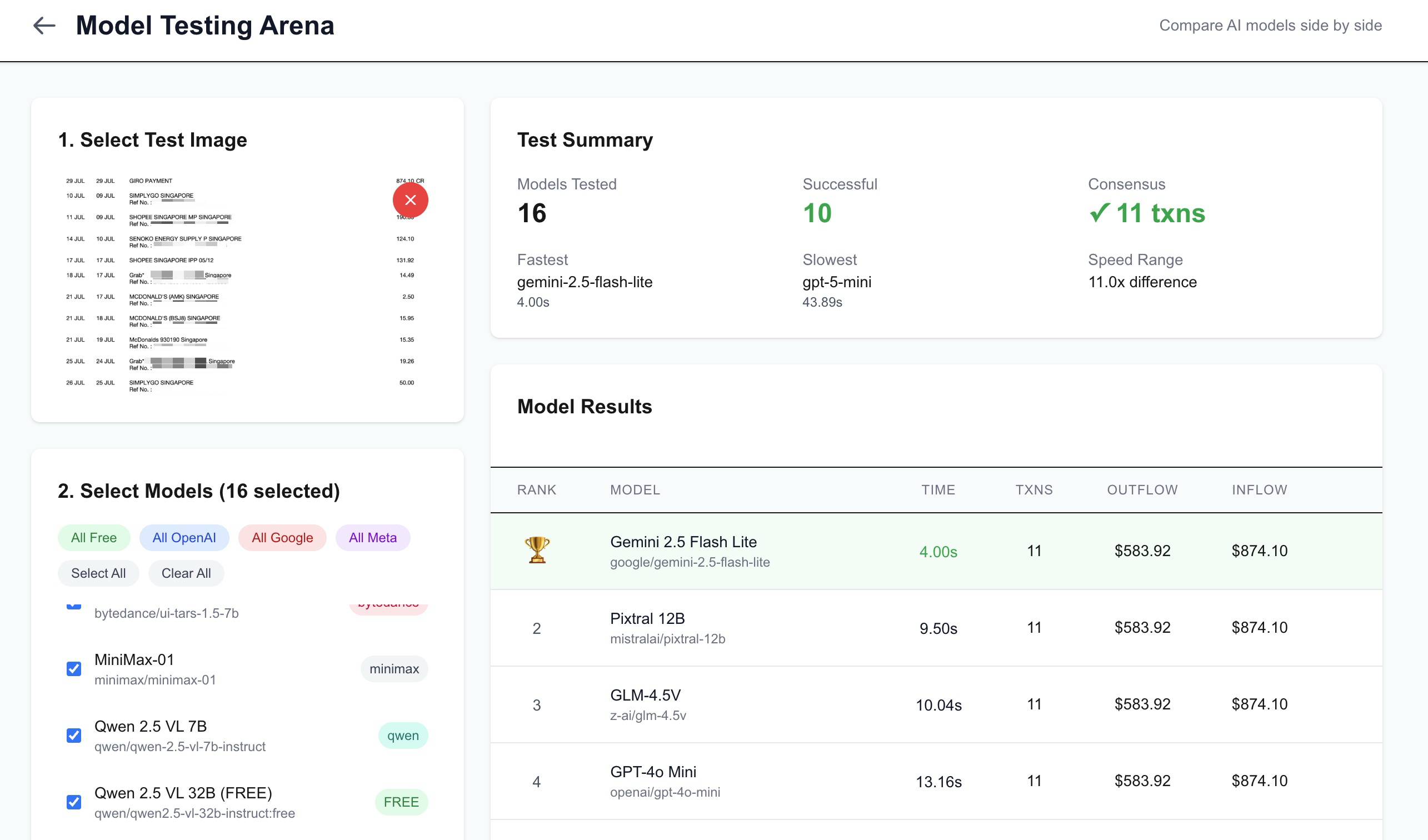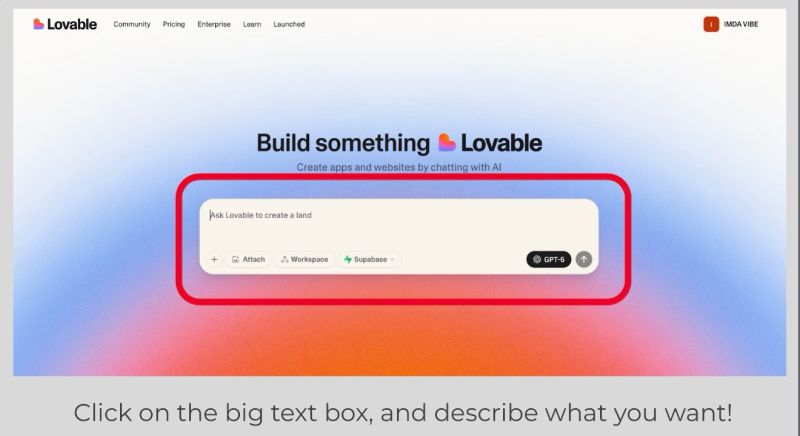Home-Cooked and Barefoot
There’s this 2020 Robin Sloan essay on apps as home-cooked meals, which I cite endlessly to my students and anyone who’ll listen. It’s about how “an app can be a home-cooked meal”: When people learn to cook, most aren’t aiming to become professional chefs; they likely just want to make a meal for themselves, or the ones they love.
The same goes, I tell my students when they deign to listen to me in between Subway Surfers scrolling sessions, for them learning to build apps.
“You don’t have to become a software engineer! It’s great to just be able to build!”
“OK! Skibidi.”
Today, I came across this talk, “Home Cooked Apps and Barefoot Developers” by Maggie Appleton. It’s great:
It’s also available on Appleton’s website in essay / slide transcript form (such lovely slides!).
Appleton puts forward an updated thesis for this age of agentic coding. With AI coding becoming more and more capable… and, funnily enough, she gave this talk in 2024, pre Claude Code, pre “vibe coding”, in a stone-age world of just Copilot and Cursor… with AI coding becoming as powerful as it is nowadays, “large language models will create a golden age of local, home-cooked software and barefoot developers”:
I have this dream for barefoot developers that is like the barefoot doctor. These people are deeply embedded in their communities, so they understand the needs and problems of the people around them. So they are perfectly placed to solve local problems. If given access to the right training and tools, they could provide the equivalent of basic healthcare, but instead, it’s basic software care.
I love the idea of home-cooked apps. I’ve recently been making a couple of web apps purely for myself, happy with the knowledge that I don’t care if anyone else ever uses them, which is quite a liberating feeling! And something that (for me, anyway, at this point in my life where I have less time to code than I’d like) I can only do with vibe coding.
And I love the idea of barefoot developers! That people who want to build solutions now have so many more tools to be able to do so.
(Related: I recently watched this Theo video about AI startups, where he posits the most promising startup founders aren’t tech bros who think they can solve everyone’s problems with their tech skills; they’re the domain experts who are now enabled by AI to rapidly build real solutions for problems only they can address with their years of experience.)
We’re at the cusp of something truly incredible, and I’m just super excited to see how all this unfolds. I remember the feeling, back at the dawn of mobile, when the App Store launched — checking leaderboards daily, downloading new and innovative apps, trying them out — and that’s the excitement I’m finding again with every new agentic coding tool being released enabling me to build my home-cooked apps.




